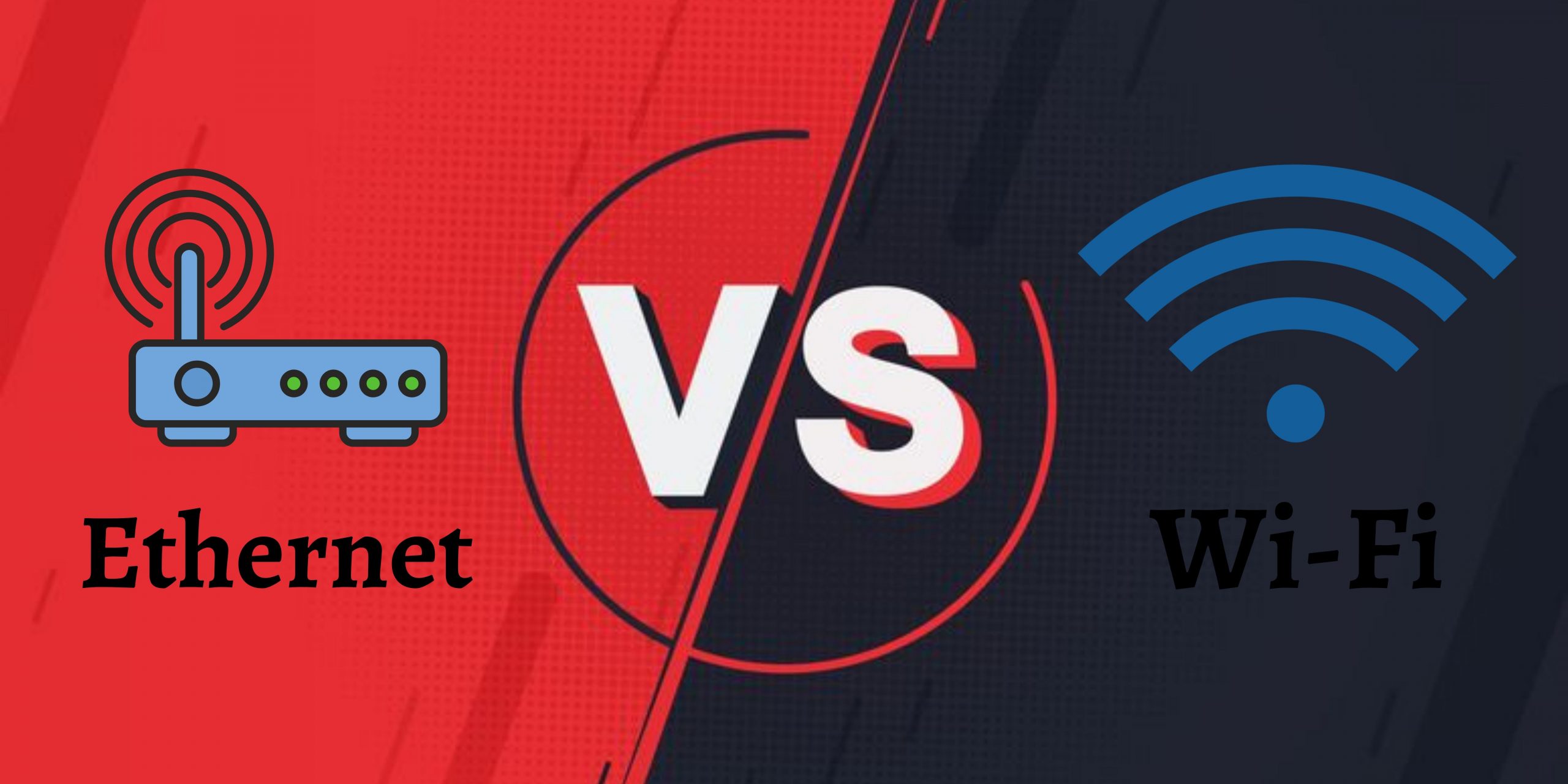Wifi vs Ethernet: what are the differences?
[ad_1]
The Ethernet vs WiFi comparison is one that many people don’t know about, but it can be an important decision when setting up a network in your home. Ethernet provides very high speed connections, while Wi-Fi allows mobility and flexibility. If you’re not sure which one to choose, the following article will help you understand what Ethernet is and how it compares to Wi-Fi.
If you want to know more about technical terms, you can visit codeleaks.io. It provides information on technical things with practical coding examples.
Ethernet vs. Wi-Fi:
Ethernet is a wired connection that allows very high speed data transmission. In this way, Ethernet has the advantage of being faster than Wi-Fi because there are fewer points of interference on a wire compared to wireless signals in an area. However, the downside of Ethernet is that it requires cabling between devices and does not allow mobility.
Ethernet is also a more secure form of connection because it requires physical access to the wire to connect.
Wi-Fi, on the other hand, allows flexibility and mobile connectivity without requiring cabling between devices. It also provides high speed data transmissions comparable to Ethernet speeds provided you have a strong Wi-Fi signal.
The downside to this type of connection is that it offers less security than Ethernet because anyone within range of the signal can connect.
Learn hosting concepts here.
Ethernet ports vs Wi-Fi connections
Ethernet ports are typically yellow in color, while Wi-Fi connections use either a single antenna or two antennas arranged vertically with each other. Ethernet cables also have eight wires inside that allow a greater amount of data transmission, while Wi-Fi connections have a finite maximum speed based on the wireless standard used.
Ethernet ports require an Ethernet cable to function and will not work when unplugged from their devices, but Wi-Fi connections allow you to wirelessly connect multiple computers together.
Flexibility or stability
Ethernet connections are generally the preferred choice for businesses because they provide a more secure connection and can be used with Ethernet switches to create larger networks. Ethernet ports also require less configuration than Wi-Fi devices because there is no need to enter security information or configure an access point; Ethernet simply provides a direct wired link between two devices that does not require external authorization.
Ethernet connections are also more stable than Wi-Fi connections and can be used to transfer data faster when in close proximity to each other. Wi-Fi is preferred for living spaces because it offers mobility and does not require cables or Ethernet ports between devices that need to communicate with each other wirelessly.
It is generally the network of choice for laptops or mobile devices, as it offers the ability to connect to other Wi-Fi networks while you are on the move. However, Ethernet is still preferable when transferring large amounts of data between computers that are very close to each other, because Ethernet connections can transfer information faster than a wireless connection.
Should I use Ethernet or Wi-Fi?
If you have Ethernet connections, Ethernet is usually the best option because it provides a more secure connection and can be used to transfer data faster between two wired devices. However, if you don’t have Ethernet ports or cables available in your home, Wi-Fi is generally preferable due to its mobility and ease of use.
For many people, still, the Ethernet vs Wi-Fi comparison is the concept out of this world. Unless you’re a professional gamer, avid web user, or someone who always wants a wired or wireless connection to stay up to date with a remote team, you might not be familiar with the concepts. Ethernet and Wi-Fi.
Conclusion
Ethernet vs Wi-Fi is a complex debate, but it’s important that you understand the pros and cons of each in order to make an informed decision. It can be difficult trying to decipher what Ethernet provides that Wi-Fi doesn’t, so this article will help you break down the differences between these two technologies.
When setting up your home network or deciding which one you want to install in your workspace, consider the mobility required of users on your network as well as the type of equipment they connect to when making this choice.
[ad_2]

